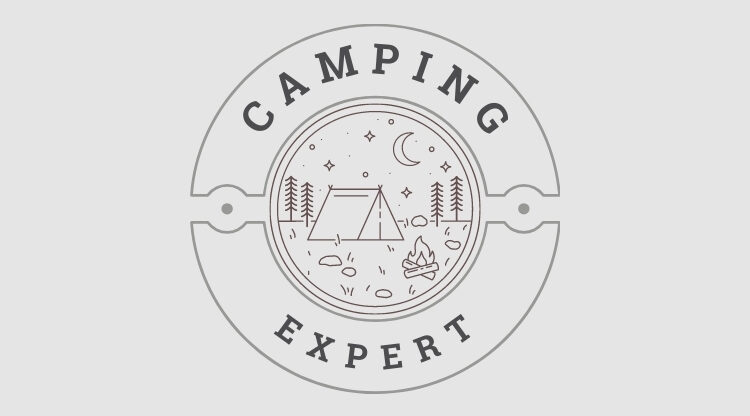Before lighters and matches were invented, our ancestors had to create fire using other methods. These traditions live on amongst many of the world’s tribal people today and, here in the UK, you can be taught these skills at many of the bushcraft courses set up all over the country. It isn’t an easy skill to master but your popularity will be guaranteed amongst fellow outdoorsmen and women if you can master it and, even more importantly, if you’re wilderness camping and lose all your possessions, it could even save your life.
The Concept of using friction to create fire
Unlike creating a spark to ignite a fire (more of which later), fire by friction causes the fuel to heat up until it reaches a combustion point and ignites. This is around 800 degrees Fahrenheit. Moisture is the most common hurdle to overcome when using this method as it’s based on using dry wood to provide the fuel for the ignition. Even if you do find dry wood, if you’re in an area of high humidity, then even more effort is needed.
The principle is to create a small ‘coal’ of smouldering wood dust which is then transferred to tinder you have gathered to be coaxed into flame. The method employs the use of a hard wood versus a soft wood.
The Bow Drill
If you go on a bushcraft course where they teach you to create fire by friction, they’ll more than likely use the bow drill method to demonstrate this although there are other variations such as the hand drill, the fire saw and the fire plow which differ slightly but are based on the same principles.
With a bow drill, the fire board (the piece of wood upon which you’ll be creating your fire ‘coal’) is a flat piece of softer wood which contains a depression or indent at one end into which the drill will be used. The drill itself is a smooth, straight stick of harder wood. The top end should be pointed and the drilling end rounded. The bow has a cord tied between the two ends and wrapped once around the drill. The socket is a round piece of wood with a hole in the middle into which goes the top pointed end of the drill. It’s the socket which holds the drill in place and provides downward pressure. It should also have an indentation into which the drill end sits comfortably.
Whilst pressing down on the socket, move the bow back and forth. It has to be moved quickly and this causes the drill to twirl rapidly and it’s this movement which will eventually cause the drill to burn into the fire board creating a hot wood based dust. Once you can see the dust smoking you can gently move it off the fire board place a little tinder onto it, cup your hands around the tinder and hot wood dust and blow gently. If it’s hot enough it will then create a flame and you have your fire. Sounds simple? It isn’t but it’s an art that can be mastered and most people feel a real sense of achievement and a deeply close bond to the natural environment once they’ve achieved it.
The steel and flint method
This method relies on producing a spark to create the ignition point as opposed to using friction. Your ‘steel’ can be any steel based item whilst your flint can be any hard stone which fractures to a sharp edge so the likes of agate, quartz and jade work equally as well but you can try any hard stone. You can buy a small steel tool to be used for this purpose at any good wilderness camping store or website but any steel item will suffice.
When you try to strike a spark, you are literally shaving tiny pieces of steel with the sharp edge of the flint. The sparks come from the steel not the flint and the harder the steel, the smaller and hotter the pieces will be. The sharper the flint, the more sparks you will get.
You should strike down the steel with the flint at a shallow angle pointing the steel into the small pile of tinder you have gathered. Find out how to use short, choppy strokes in order for you to be able to hold the steel close to the tinder without hitting the tinder with the flint. Once you see smouldering from where the sparks have landed on the tinder, you can gather the tinder up and cup it in your hands and, once again, gently blow until you get a flame.
The Tinder
The tinder is the materials you have gathered which will form the initial fire. Ideal natural sources of tinder can be birch bark, fine wood shavings, dead grass, straw, dead pine needles or bird feathers.
Once that’s alight you can start building the fire by adding kindling, i.e. larger twigs and branches. Don’t overdo it by putting big logs on there at this stage as the fire will go out and all your efforts will be wasted.
Starting a fire using these methods can be a painstaking, time consuming task but you will truly feel a real sense of achievement and closeness to nature once you’ve mastered the craft.
